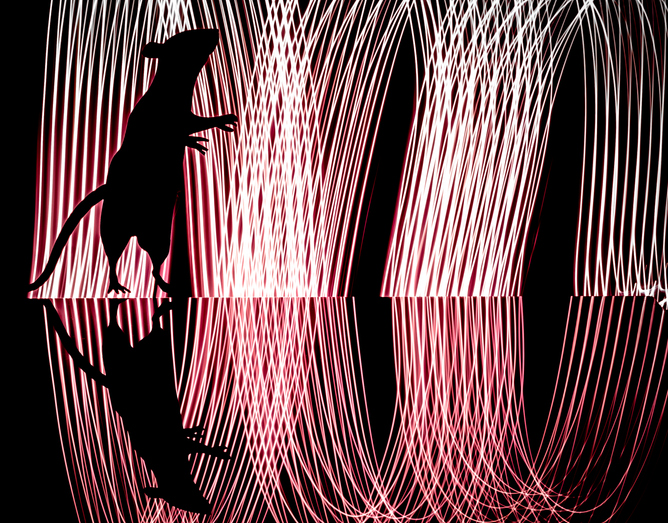Two independent research teams have successfully regenerated mouse brain circuits in mice using neurons grown from rat stem cells. Both studies, using interspecies blastocyst complementation to study brain function and evolution, offer valuable insights into how brain tissue forms and present new opportunities for restoring lost brain function due to disease and aging.
“This research helps to show the brain’s potential flexibility in using synthetic neural circuits to restore brain functions,” said Kristin Baldwin, PhD, a professor at Columbia University. Baldwin’s team restored mouse olfactory neural circuits and their function using stem cells from rats.
The two papers are published back-to-back in Cell. The paper from the Baldwin lab is titled, “Functional sensory circuits built from neurons of two species.” The other paper, out of the lab of Jun Wu, PhD, associate professor at the University of Texas Southwestern Medical Center in Dallas, is titled “Generation of rat forebrain tissues in mice.”
Wu’s team developed a CRISPR-based platform that could efficiently identify specific genes that drive the development of specific tissues. They tested the platform by silencing the gene Hesx1 which is needed for forebrain development in mice. They then restored the tissue using rat stem cells. “Being able to generate brain tissues from one species inside another can help us understand brain development and evolution in different species,” said Wu.
Mice and rats evolved independently for approximately 20 to 30 million years. In previous experiments, scientists were able to replace pancreases in mice using rat stem cells through the process of blastocyst complementation. For this process to work, researchers inject rat stem cells into mice blastocysts that lack the ability to develop a pancreas due to genetic mutations. The rat stem cells then developed into the missing pancreas and complemented its function.
But, to date, generating brain tissues using stem cells from a different species through blastocyst complementation has not been reported. Now, using CRISPR, Wu’s team tested seven different genes and found that knocking out Hesx1 could reliably generate mice that had no forebrain. The team then injected rat stem cells in blastocysts of Hesx1 knockout mice, and the rat cells filled in the niche to form a forebrain in mice. Rats have bigger brains than mice, but the rat-origin forebrains developed at the same pace and size as that of mice. In addition, rat neurons were able to transmit signals to the neighboring mouse neurons and vice versa.
The researchers didn’t test whether the forebrain from rat stem cells changed mice’s behaviors. “There’s a lack of good behavioral tests to distinguish rats from mice,” Wu said. “But from our experiment, it seems like these mice with rat forebrain don’t behave out of the ordinary.”
Baldwin’s team used specific genes to either kill or silence mouse olfactory sensory neurons and injected rat stem cells into the mice embryos. They found blastocyst complementation restored mouse olfactory neural circuits differently depending on the model. When mouse neurons were present but silent, the rat neurons helped form better-organized brain regions compared to the killing model. However, when the team tested these rat-mouse chimeras by training them to find a hidden cookie buried in a cage, rat neurons were best at rescuing behaviors in the killing model.
“This really surprising result allows us to look at what’s different between those two disease models and try to identify mechanisms that could help restore functions in either type of brain disease,” Baldwin said. Her team also tested blastocyst complementation in disease model mice using cells from mice with normal olfactory systems. They showed that intraspecies complementation rescued cookie finding in both models.
Blastocyst complementation is still far from clinical application in humans, but both studies suggest stem cells from different species can synchronize their development with the host’s brain. Besides the studies’ implications in medicine, the teams are also interested in using this approach to study the brains of many wild rodents that were not accessible in the laboratory setting.
“There are over 2,000 living rodent species in the world. Many of them behave differently from the rodents we commonly study in the lab. Interspecies neural blastocyst complementation can potentially open the door to study how the brains from those species develop, evolve, and function,” Wu said.


